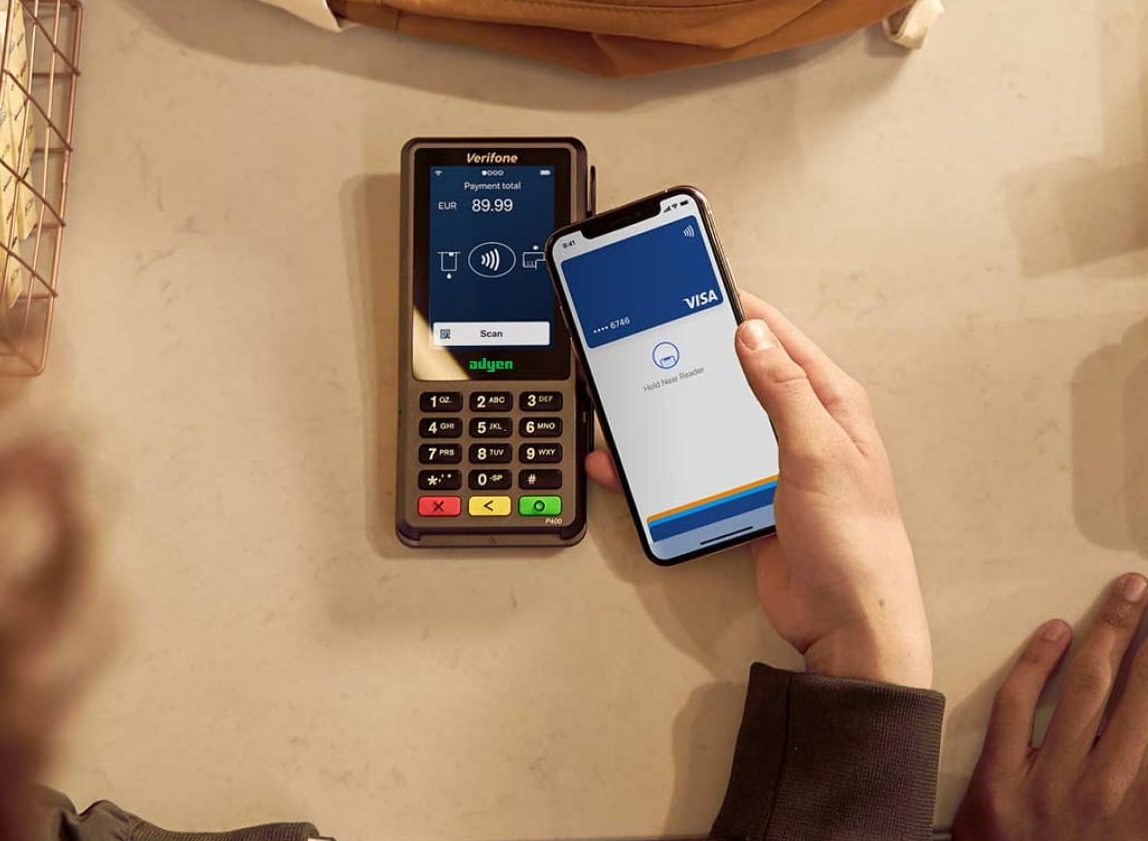Digitisation is driving a fundamental shift in the way we shop as the smartphone becomes a primary tool for research, browsing and purchasing goods.
Today’s customer expects a frictionless experience with anytime anywhere convenience, but many merchants are struggling to meet these demands and often disappoint customers, but digital commerce is not going away – it is only accelerating, according to Adyen country manager for Australia and New Zealand, Michel van Aalten.
“Merchants that aren’t able to keep up will simply lose,” he says.
“Brands need to reinvent themselves or customers will go elsewhere. It’s all about experience and payments is an important part of this. Whether a customer shops in-store or online, they expect a seamless and frictionless experience. If a customer sees an item in the shop window, they expect they can buy it now in their size and colour. If they are on Instragram and they find something they like, there needs to be a ‘buy now’ button.
“A repeat customer – in-store, online or in-app – is almost offended if they need to fill in the form again with their personal details at checkout. So, knowing your customer as a business is more important than ever – who they are, when they shop, and what they buy.”
The recently released Adyen Agility Report highlights four key payment trends re-shaping the Australian retail landscape, which have been further explained by van Aalten.
- Loyalty
“The pandemic forced consumers to assess their priorities and choose stores that are closer in proximity to support local retailers. At the same time, consumers are more discerning so community and convenience matter,” he says.
More than seven in 10 (71%) Australian consumers say they like to shop at retailers close by to support them and help them stay open. Customers also like to be rewarded with 60% of Australian consumers shopping with retailers that reward their loyalty.
2. Instalments
“Instalments are becoming an everyday way to pay and are a hot topic at the moment. The combined forces of convenience and tighter budgets due to Covid-19 accelerated buy now pay later (BNPL) options and made them mainstream. They are no longer being used for high ticket items but for everyday purchases, including fast food. Consumers like the transparency and not paying any interest; they see BNPL as a financing and budgeting tool,” he says.
Unsurprisingly, it is most popular among Millennials as they seek flexibility, convenience and control with one in five using BNPL. “It’s more than just a payment method; it’s an opportunity for retailers to reach new customers.”
3. Contactless
“We are seeing a transition to contactless and this will continue to grow. Check-in and check-out will be changed indefinitely with more one-click payments and same day delivery options,” he says.
Consumers want to enjoy the shopping experience and not worry about their safety, with 62% of young shoppers aged 18 to 34 saying they want retailers to use more in-store technology to reduce human interaction and contact.
“I think this not only relates to hygiene but also efficiency. QR codes have been around for many years but there has been a major push during the pandemic and they are now a large part of the experience to check-in, order food, view menus, redeem loyalty rewards, to make payment and more.”
4. Unified Commerce
“Online and offline is merchant terminology because shopper’s don’t think or look in channels, they decide when a shopping journey starts and that’s based on convenience. Retailers need to know how to tailor the journey to the customer. During the pandemic, the ability to seamlessly move customers and their data from one channel to another, from in-store to online, was key to their survival,” he says.
Even though stores have re-opened in Australia, demand for digital infrastructure will remain. Almost three quarters (74%) of consumers still expect the same flexibility when it comes to cross-channel shopping, shown during Covid-19.

